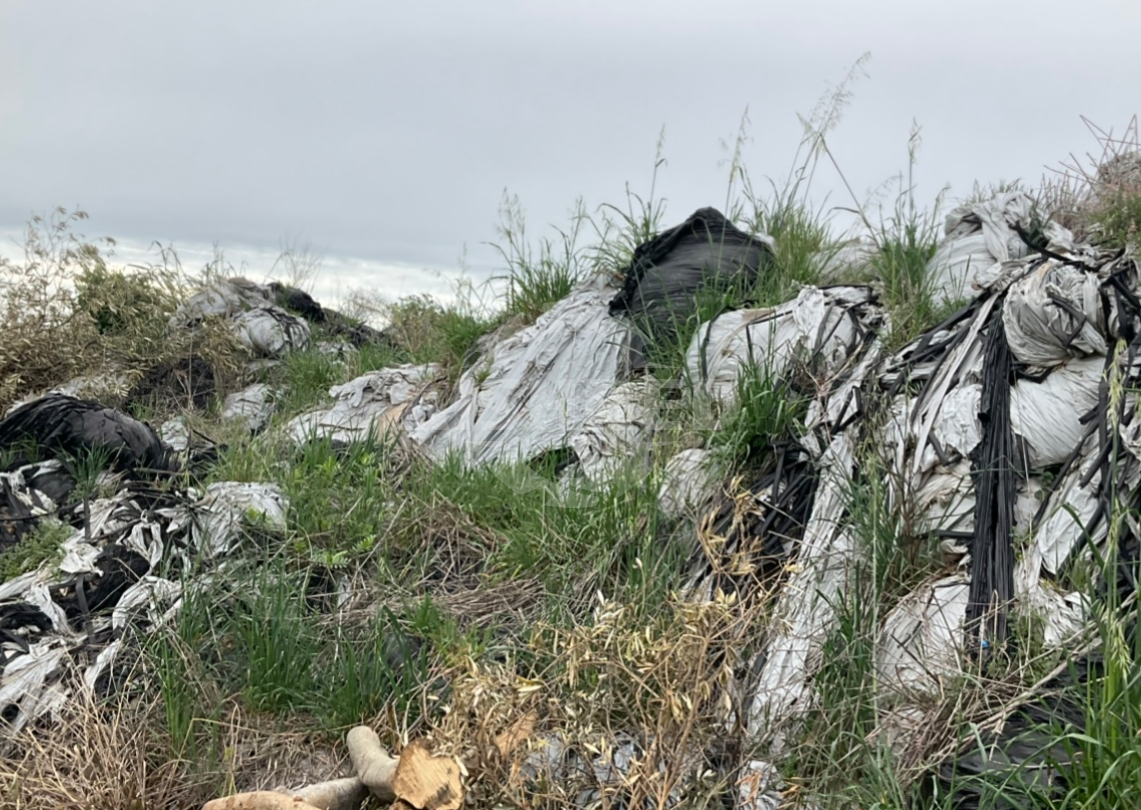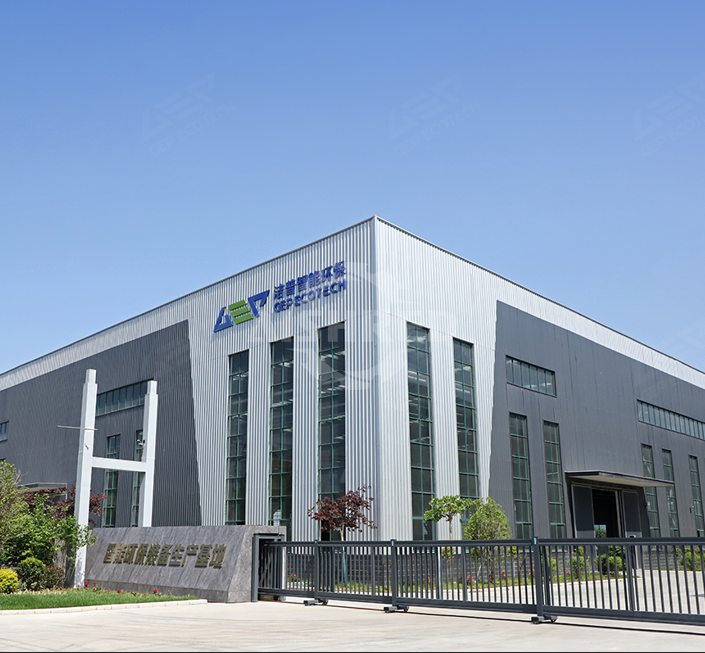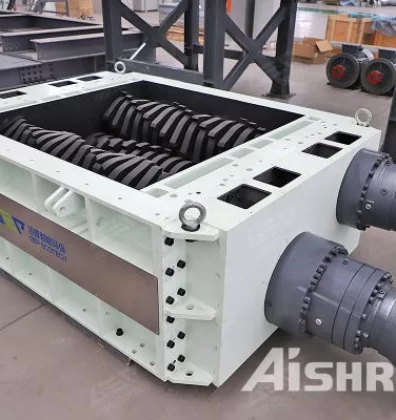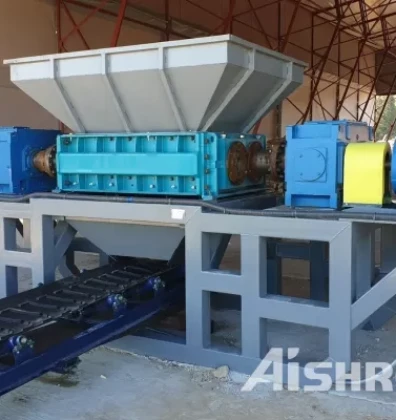As an important helper in agricultural production, plastic film can effectively increase soil temperature, maintain soil moisture, inhibit weed growth, and create favorable conditions for crop growth. However, the main raw material for traditional agricultural film is polyethylene, which is difficult to degrade in natural environments and has become the main source of "white pollution" in farmland. Residual plastic film can damage soil structure, affect crop root growth, reduce crop yield and quality, and even cause diseases when ingested by livestock.
At present, there are mainly two directions for the treatment of waste plastic film: harmless treatment and resource utilization. Harmless treatment refers to the safe incineration or landfill of waste plastic film with low utilization value to avoid environmental pollution. Resource utilization processing can process recycled plastic film into recycled plastic pellets, which can be used to manufacture new plastic products such as garbage bags, shopping bags, and plastic pallets. The recycled plastic film is not a "pure" plastic film, but a complex mixture of waste materials, including impurities such as stones, soil blocks, drip irrigation pipes, and plant residues. Sorting is a prerequisite for its efficient utilization, and there are two mainstream processes to choose from: mechanical sorting and water washing.

Plan A: Shredder+Trommel Screen
Process flow
Collect waste plastic film (usually mixed with a large amount of soil, stones, straw roots) → waste film shredder → trommel screen → obtain relatively clean film and screened residue.
Advantages
- Reduce volume: Fluffy waste plastic film is shredded to significantly reduce its volume, making it easier for subsequent transportation, screening, and storage.
- Liberate impurities: By shearing and tearing, the soil blocks tightly wrapped in the film can be broken, and the entangled roots, stems, and straw can be cut off, causing most of the soil attached to the film to fall off.
- Homogenized material: shredding plastic film of different sizes into relatively uniform fragments, creating favorable conditions for efficient sorting of subsequent drum screens.
- Efficient separation of waste soil: This is the main function of the trommel screen. The shredded small pieces of soil and sand (usually with small particle size) will be sieved out through the sieve holes, while the larger plastic film will be conveyed out with the rotation of the drum.
- Simple structure and reliable operation: The mechanical structure of the drum screen is not complex, with a relatively low failure rate, and can adapt to harsh working conditions in the recycling environment.
- Large processing capacity: capable of continuous operation, suitable for handling large amounts of mixed materials recovered from the field.
This plan has three highlights: low cost, simple process, and suitability for arid areas The entire process does not require water and has no sewage treatment costs, resulting in relatively low equipment investment and operating costs. It can remove most of the loose and attached soil, and for scenarios where the soil content is not particularly high or the cleanliness requirements for recycled plastic film are not extreme, this solution can be used as the final treatment. The product can be used for plastic pyrolysis and the manufacture of low value plastic products such as trash cans, low-grade plastic pallets, etc. It has obvious advantages in water scarce areas.
Option B: Shredder+Water Washing
Process flow
Waste film shredder for shredding → Water washing tank/friction cleaning machine → Rinse → Dehydration → Obtain high-purity film.
Advantages
- Extremely high cleanliness: This is the core advantage of water washing. By strong friction and stirring in water, stubborn soil, dust, and organic residues adhering to the surface of the film can be effectively peeled off.
- Further improve purity: By utilizing the buoyancy of water, heavy impurities such as stones, glass, and metals with a specific gravity greater than water can be separated through precipitation or flotation, as well as light impurities such as straw and sawdust with a specific gravity less than water, achieving multiple purifications.
- Significantly improving the quality and value of recycled materials: After washing and dehydration, the cleanliness of the plastic film fragments is high, the appearance is good, and the impurity rate can be reduced to 1% -2% or even lower. This high-quality recycled plastic particle can be used to manufacture higher value products, such as blow molding to produce new film (which must meet standards), plastic pipes, automotive parts, etc., greatly improving economic benefits.
This plan has significant advantages in improving product quality and achieving high economic returns. But due to its need for continuous water supply, it consumes a lot of water resources. During the cleaning process, a large amount of wastewater containing soil, plastic particles, and agricultural residues will be generated, so it is necessary to construct a sewage treatment system (such as sedimentation tanks, flocculation, filtration, etc.).
GEP ECOTECH has been deeply involved in the field of solid waste resource utilization for many years, with extensive project experience and a strong focus on the latest cutting-edge technologies and market demands. Whether you have a limited budget, operate in arid regions, or need to maximize the value of plastic film for better economic returns, we can tailor solutions to your specific situation and requirements. Welcome to contact GEP ECOTECH!



